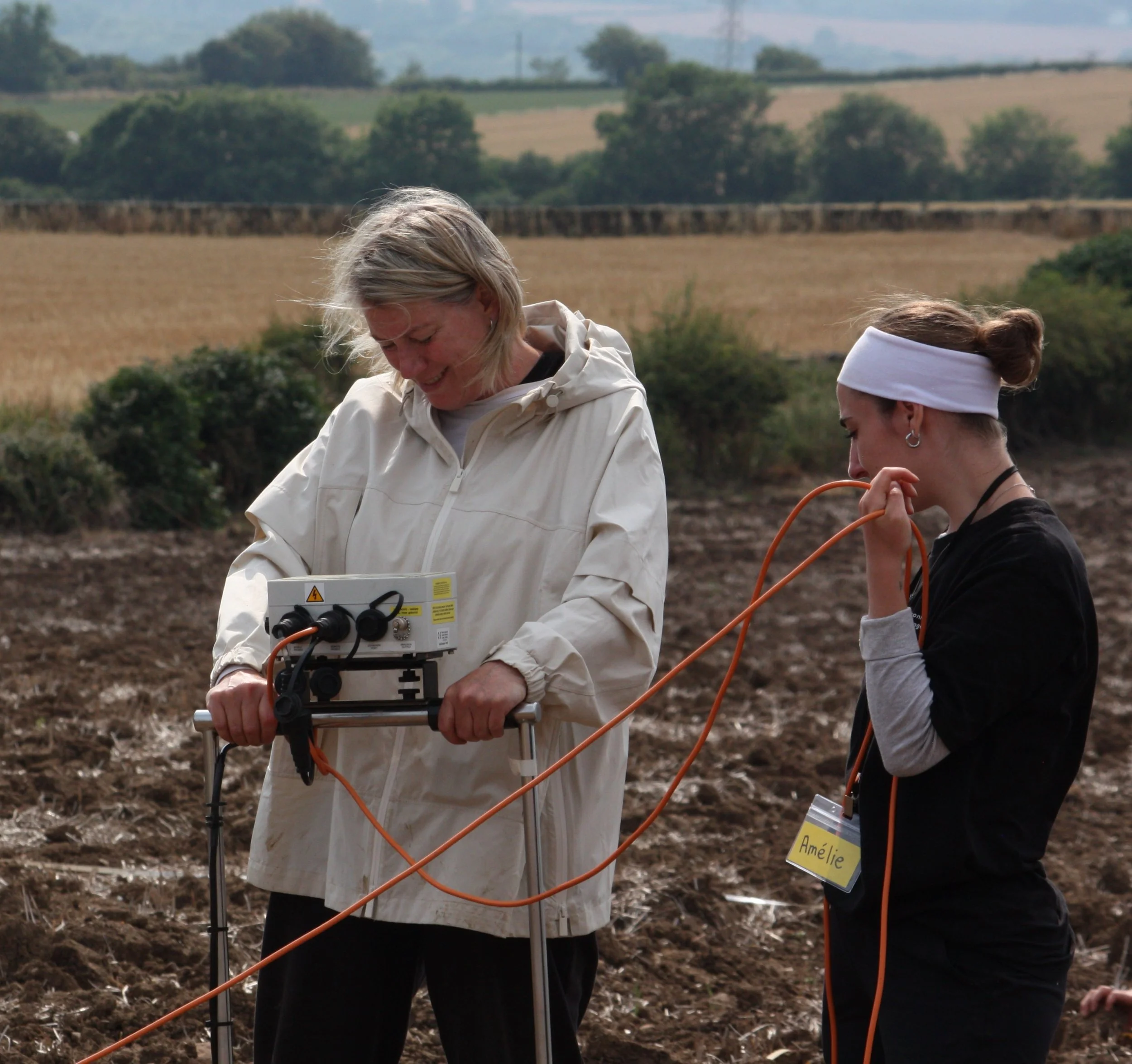Stone Circles and Flint Dreams: Astrid’s Streethouse Reflection
“And how did you spend your summer vacation?” asked my neighbour. “Well, I spent two weeks of it digging up the past.” I had the great fortune of sitting in a farmer’s field digging up a 4000-year-old stone circle. Is it a house for humans or animals, or a burial site? Further investigation is required to determine the purpose of the stone circle.
Loftus, in particular Street House, is an area blessed with tremendous amounts of archaeology. Beginning in 1979, Dr. Steve Sherlock has unearthed Neolithic salt works, Roman villas, and most famously, an Anglo-Saxon Princess. Close to the seacoast and surrounded by lush agricultural fields, this area was home to many millennia of habitation and industry. Interestingly, many of these sites exhibit evidence of continued use by subsequent occupants. In unearthing the physical evidence of their homes, tools, and possessions, the past comes to life, and the people emerge as essentially the same as us, completely and merely human.
My great wish was to find a jet bead hidden among the crevices between the stones. Alas, my dream was thwarted, but I did find two pieces of flint. Flint was formed into tools until the Bronze Age. Other finds on the site include beads, a stone axe, rock art, and an antler pick. By piecing together the tangible evidence, archaeology gives us insight into the environment and the conditions that forged the knowledge, skills, and beliefs of past inhabitants of the Street House area.
Over the next four weeks, the stone circle will be photographed, catalogued, and disassembled to help us understand the past. More evidence will be found between and below the stones. It is truly remarkable to be part of the vast continuum of humanity that we share with our ancestors.
So, what is next for Street House? A Roman road? I think there might be some evidence for that!


